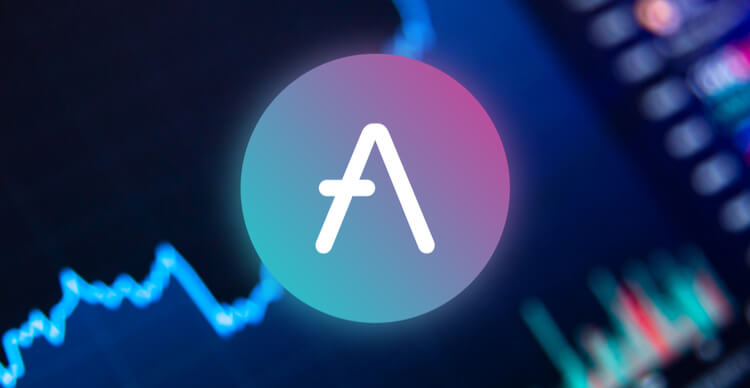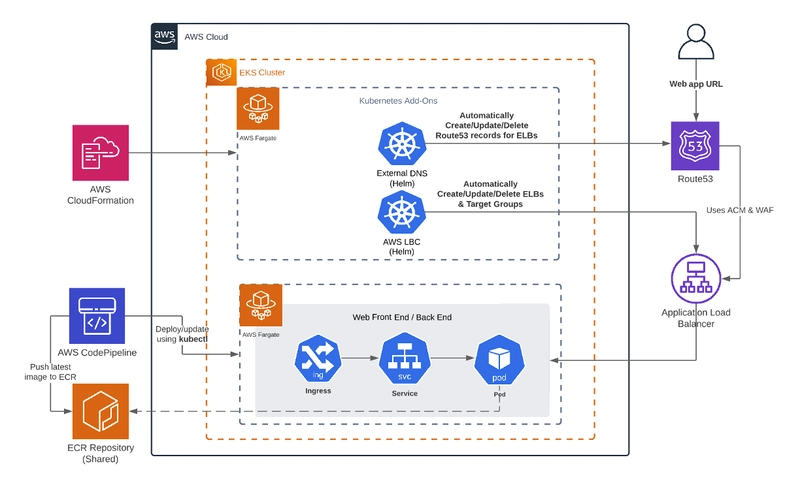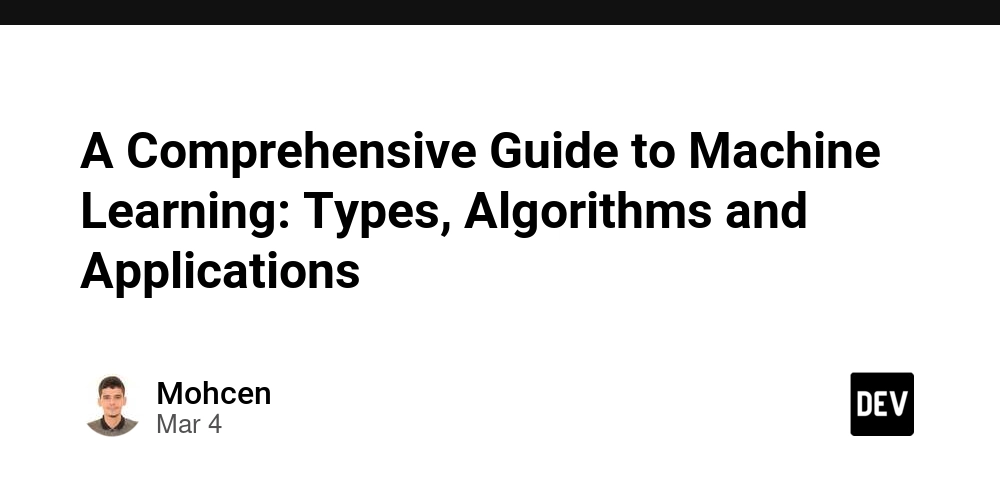Mastering API Design & Documentation with OpenAPI
Introduction Imagine this: You've spent months building an API, and it works great—until a new developer joins the team and asks, "How do I use this API?" You dig through your code, trying to remember how each endpoint works, what parameters it accepts, and what responses it returns. Minutes turn into hours, and frustration builds. The API that once made perfect sense now feels like a black box—even to you. If this sounds familiar, you're not alone. APIs without clear documentation become puzzles that each new consumer has to piece together from scratch. This is where OpenAPI comes in. A well-defined API isn't just code; it's a contract. OpenAPI helps us describe it in a structured, interactive, and machine-readable way, ensuring that no matter how much time passes, the API remains understandable and usable. In this guide, we'll take a step-by-step approach to understanding OpenAPI—not just as a tool, but as a way to communicate an API's purpose. We'll document LiveStatusAPI, a real-time presence tracking API that enables applications to monitor user activity, predict response times, and analyze engagement trends. By the end, you'll know how to: ✅ Write structured API documentation that developers love ✅ Generate interactive API documentation using OpenAPI & Swagger ✅ Ensure consistency between API design and implementation Whether you're an API consumer, a backend developer, or someone building your first API, this guide will help you describe your API effectively while also aiding your understanding of it. Let's begin!

Introduction
Imagine this: You've spent months building an API, and it works great—until a new developer joins the team and asks, "How do I use this API?"
You dig through your code, trying to remember how each endpoint works, what parameters it accepts, and what responses it returns.
Minutes turn into hours, and frustration builds. The API that once made perfect sense now feels like a black box—even to you.
If this sounds familiar, you're not alone. APIs without clear documentation become puzzles that each new consumer has to piece together from scratch.
This is where OpenAPI comes in.
A well-defined API isn't just code; it's a contract. OpenAPI helps us describe it in a structured, interactive, and machine-readable way, ensuring that no matter how much time passes, the API remains understandable and usable.
In this guide, we'll take a step-by-step approach to understanding OpenAPI—not just as a tool, but as a way to communicate an API's purpose.
We'll document LiveStatusAPI, a real-time presence tracking API that enables applications to monitor user activity, predict response times, and analyze engagement trends. By the end, you'll know how to:
✅ Write structured API documentation that developers love
✅ Generate interactive API documentation using OpenAPI & Swagger
✅ Ensure consistency between API design and implementation
Whether you're an API consumer, a backend developer, or someone building your first API, this guide will help you describe your API effectively while also aiding your understanding of it.
Let's begin!



















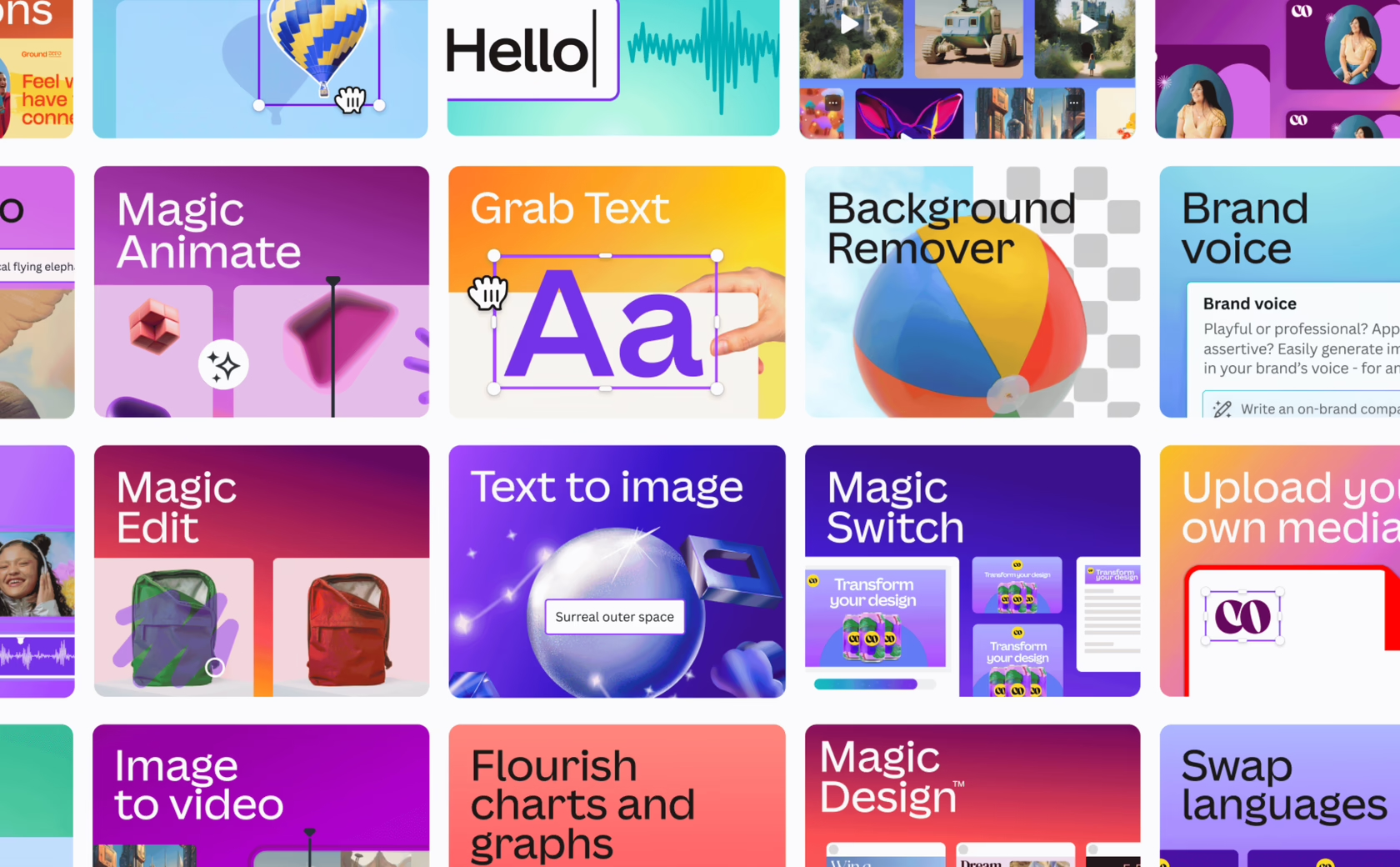







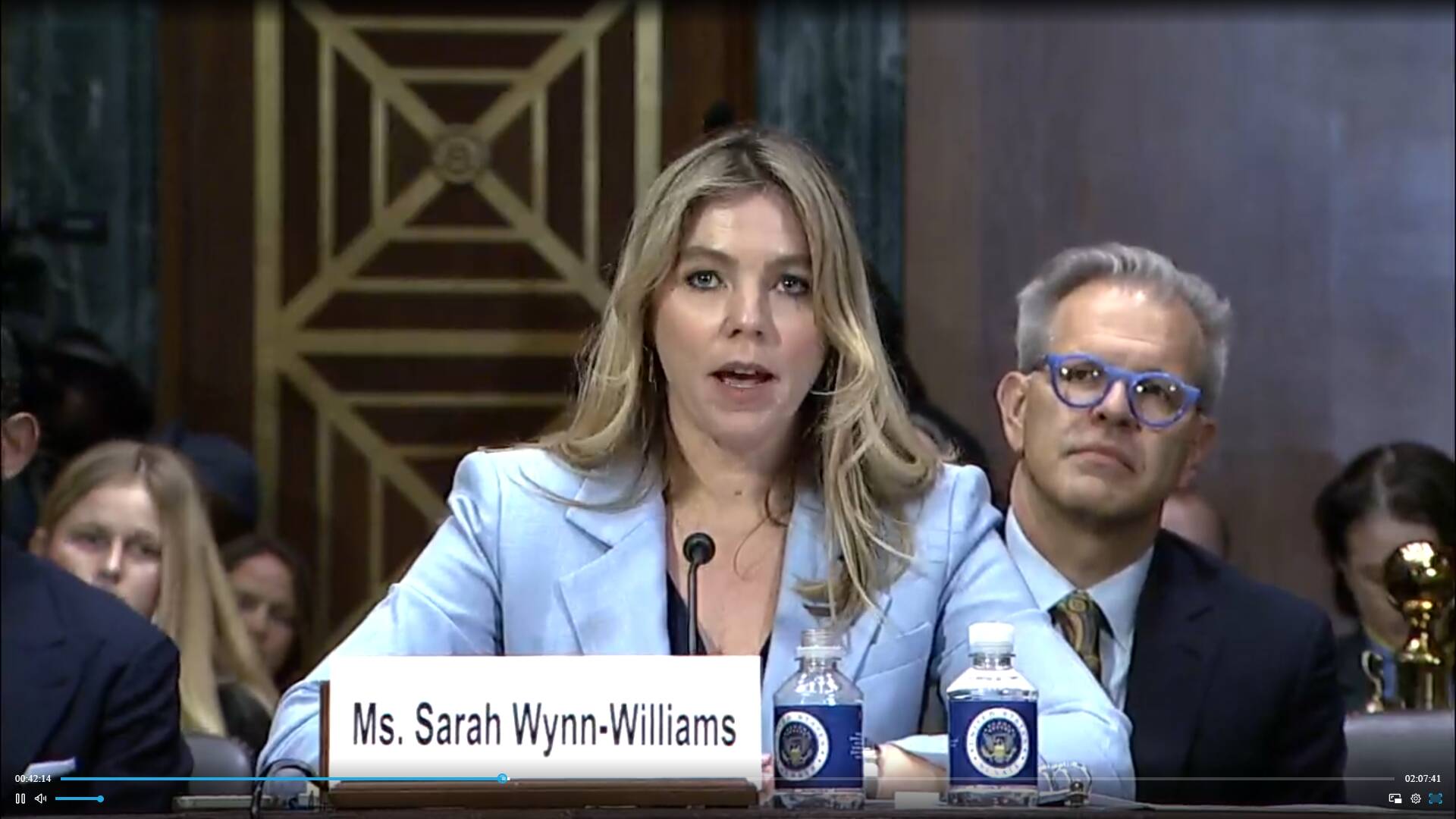














































































































































![[The AI Show Episode 143]: ChatGPT Revenue Surge, New AGI Timelines, Amazon’s AI Agent, Claude for Education, Model Context Protocol & LLMs Pass the Turing Test](https://www.marketingaiinstitute.com/hubfs/ep%20143%20cover.png)
































































































































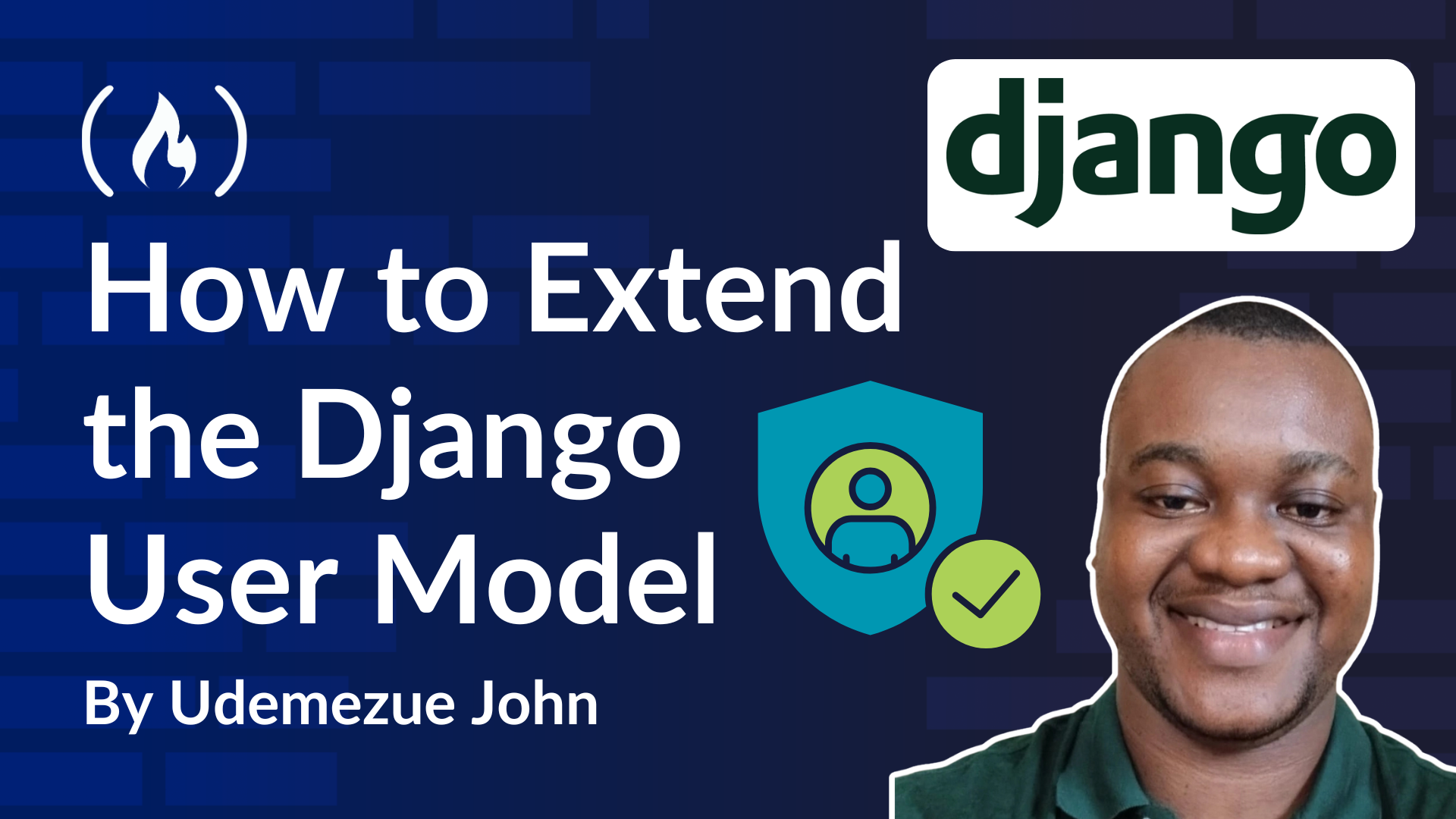


























































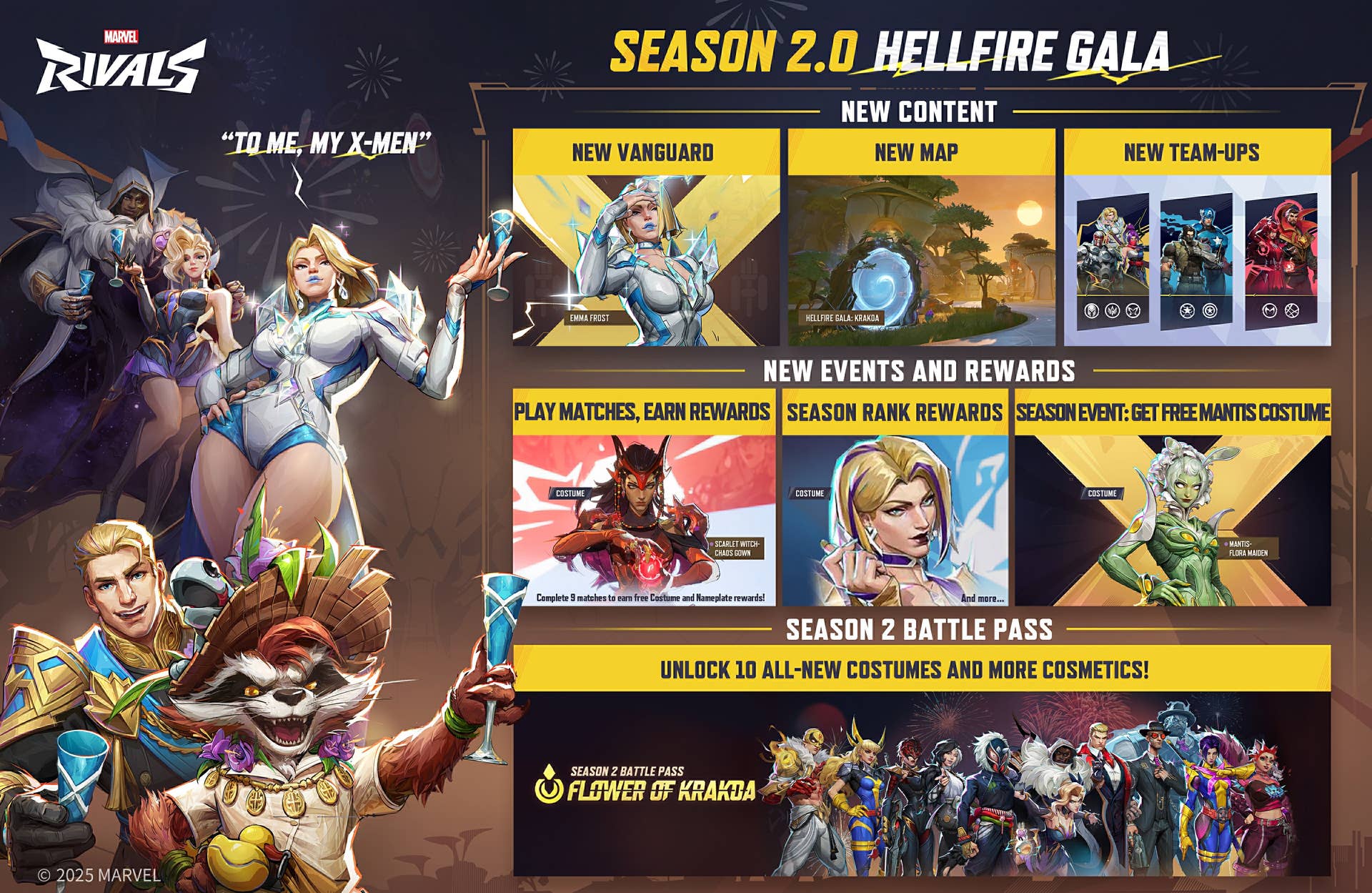


































































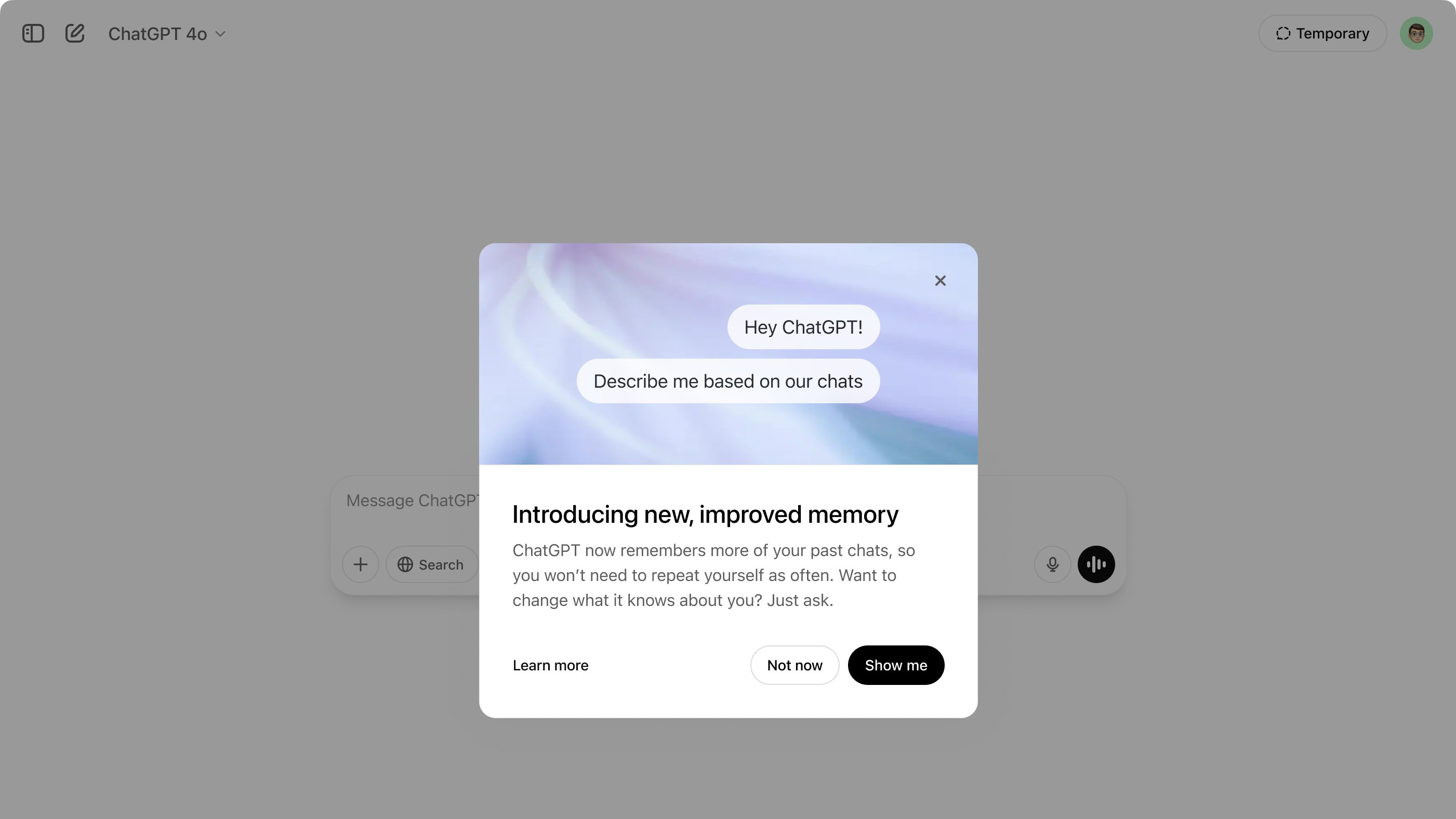











.png?#)





















































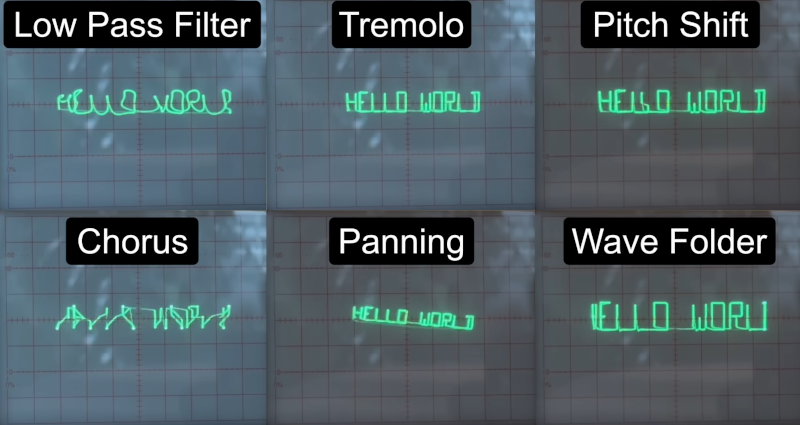

























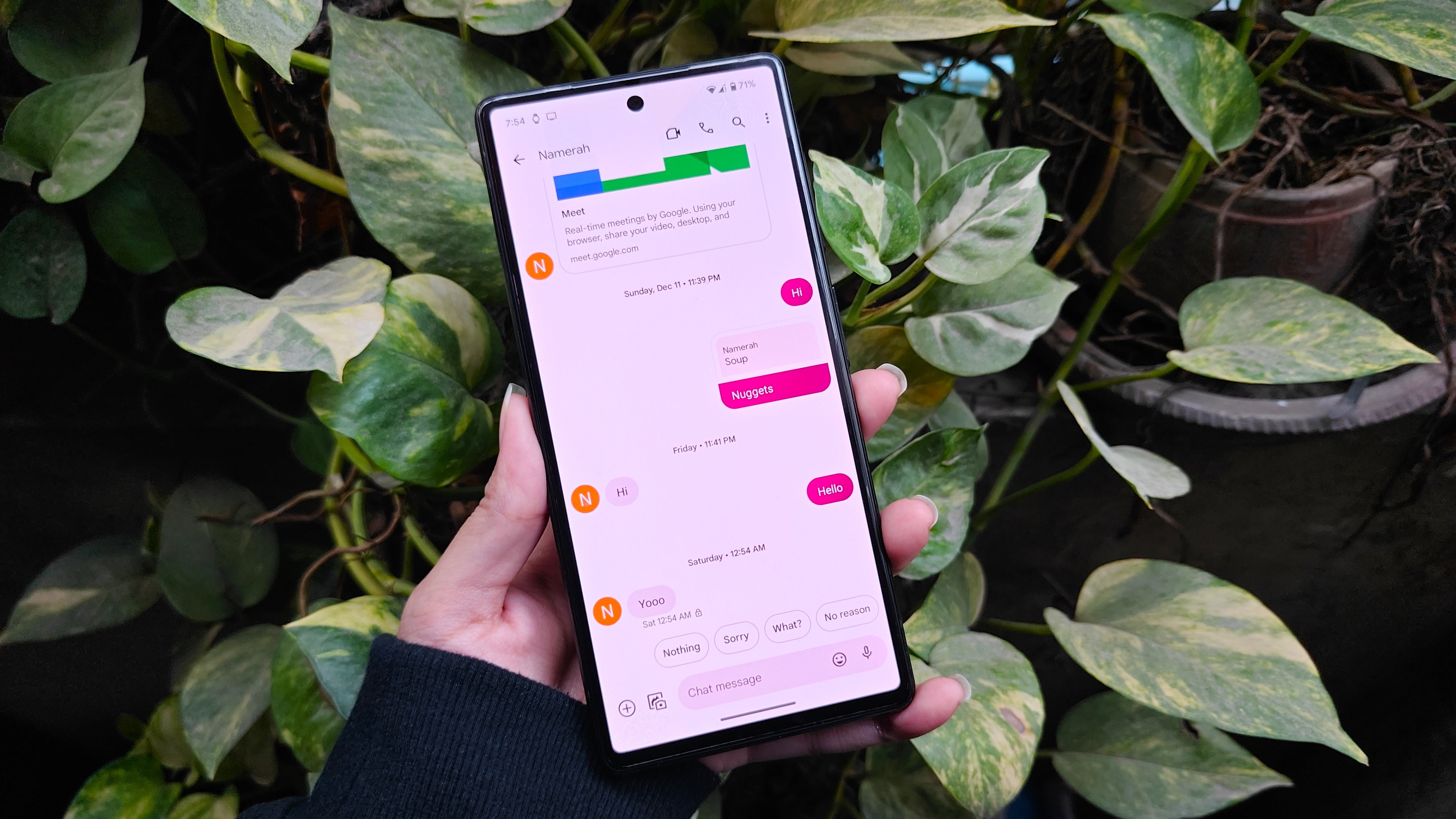

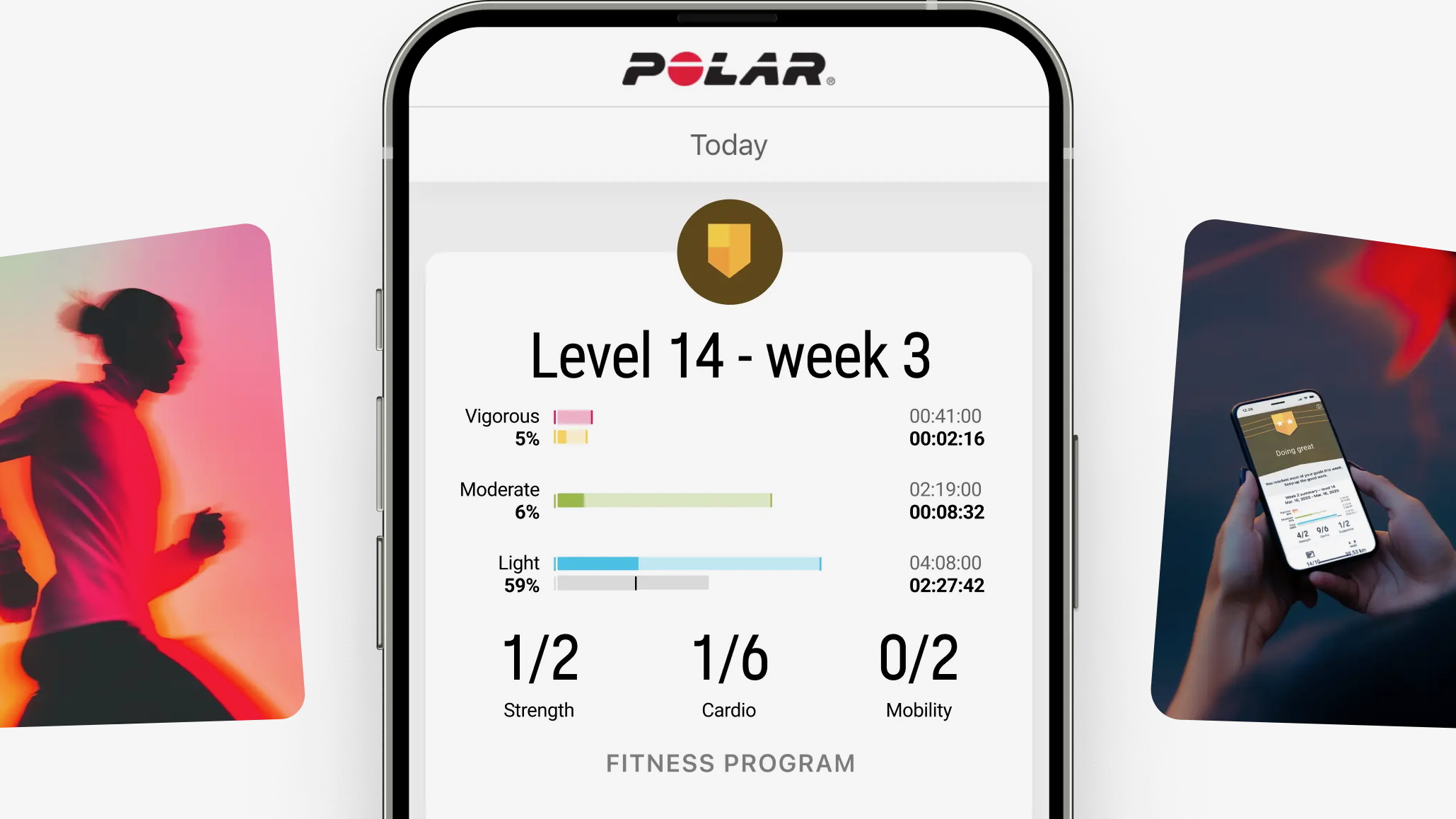





















![Apple Posts Full First Episode of 'Your Friends & Neighbors' on YouTube [Video]](https://www.iclarified.com/images/news/96990/96990/96990-640.jpg)

![Apple May Implement Global iPhone Price Increases to Mitigate Tariff Impacts [Report]](https://www.iclarified.com/images/news/96987/96987/96987-640.jpg)
![Apple Aims to Launch Revamped Siri This Fall After AI Setbacks [Report]](https://www.iclarified.com/images/news/96984/96984/96984-640.jpg)



































































![[Weekly funding roundup April 5-11] VC inflows into Indian startups remain subdued](https://images.yourstory.com/cs/2/220356402d6d11e9aa979329348d4c3e/WeeklyFundingRoundupNewLogo1-1739546168054.jpg)










































